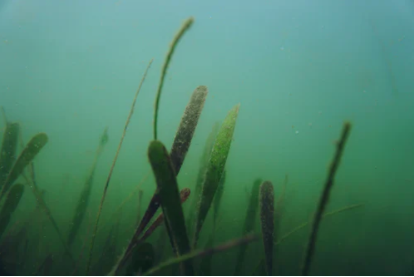Seagrass Restoration in the UK
Seagrass meadows are highly degraded in the UK, with up to 92% of historical cover lost. 2021 has seen the first ever major seagrass restoration project in England, marking the start of the UN Decade on Restoration. So far, 18,200 biodegradable bags of seeds and seedlings have been laid on the seabed at a site […] May 6, 2021
Seagrass meadows are highly degraded in the UK, with up to 92% of historical cover lost. 2021 has seen the first ever major seagrass restoration project in England, marking the start of the UN Decade on Restoration. So far, 18,200 biodegradable bags of seeds and seedlings have been laid on the seabed at a site in Plymouth Sound, which used to be a rich seagrass meadow, teeming with life. Local people and businesses were highly involved in the process. For example, a team of volunteers placed all the seeds and seedlings in bags over a period of a week. Through volunteer programmes and education, local communities were able to gain a sense of stewardship and understanding of the new seagrass bed.
The Ocean Conservation Trust, who coordinate the project, aim to restore a total of eight hectares of seagrass – half in Plymouth Sound and half in the Solent Maritime Special Area of Conservation – over four years. As the bags degrade and the seeds and seedlings establish, the new seagrass meadow should become a home for invertebrates and fish, whilst also helping to stabilise the sediment and burying carbon in the seabed.
Read more about the project on the Ocean Conservation trust website, and learn about the Life Recreation ReMEDIES habitat restoration project through which the project is funded.
